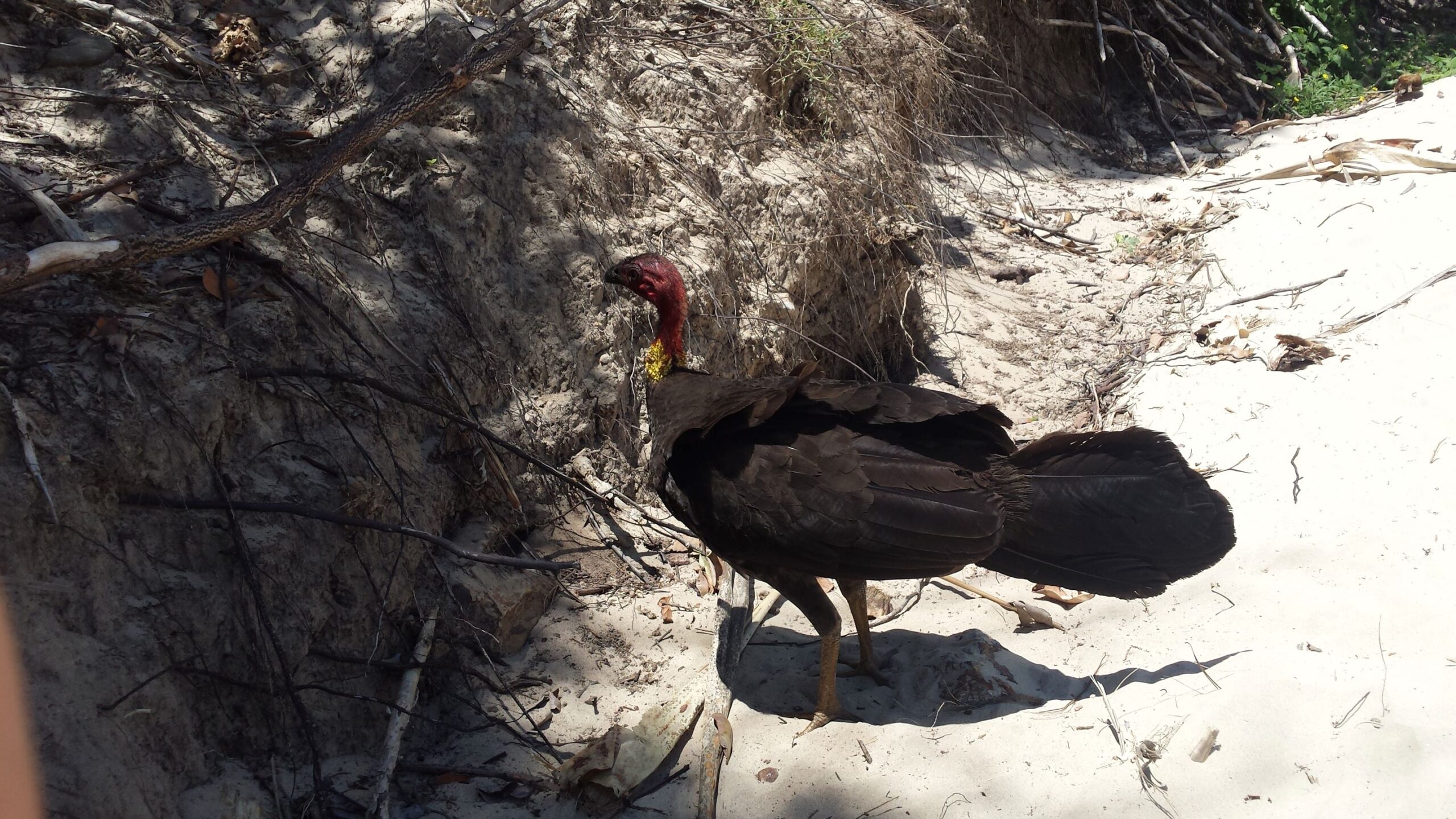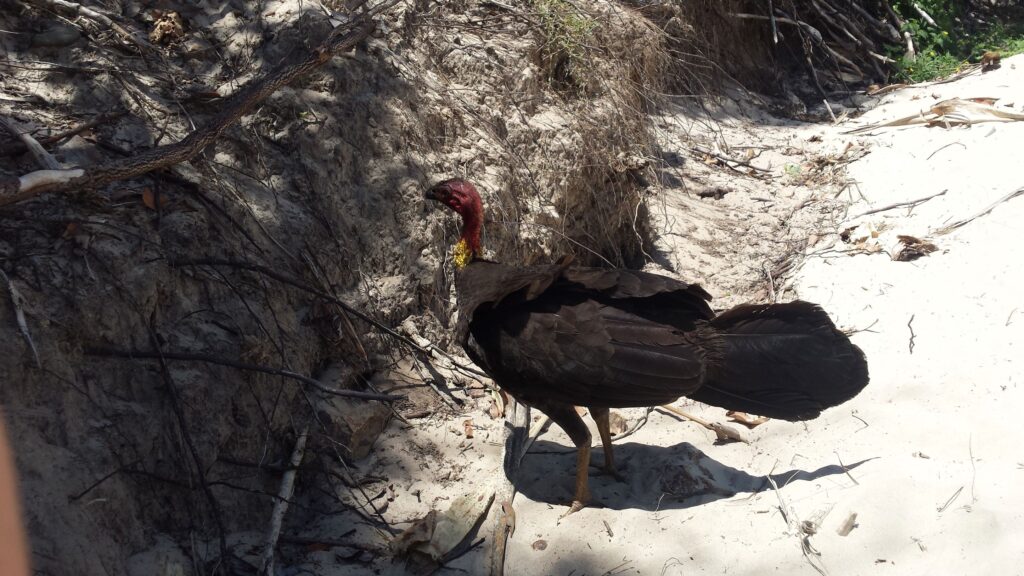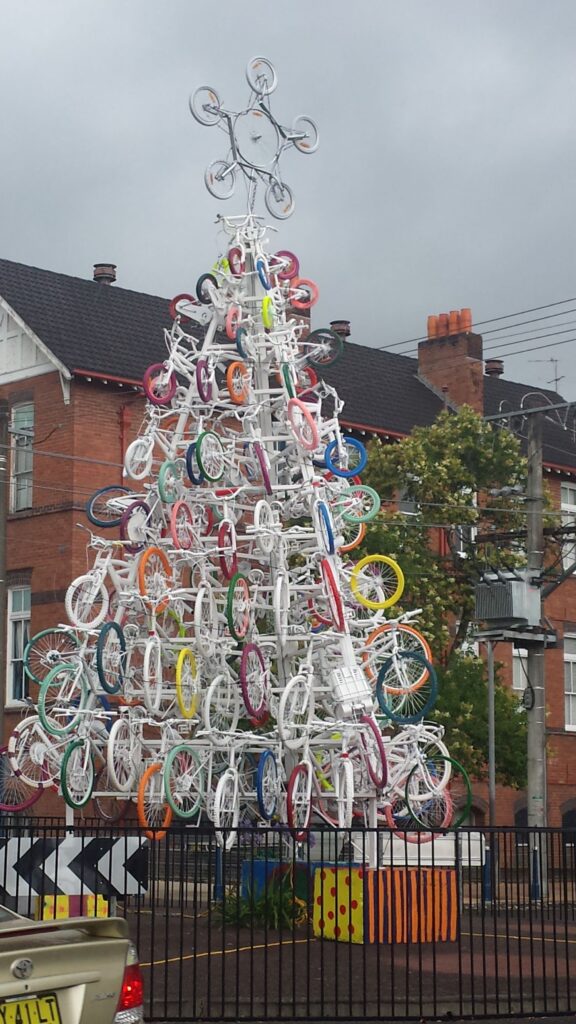
JANE BURN – POETRY AS HARD GRAFT, INSPIRATION, REACTION OR EXPERIMENT?
I interviewed poet & artist Jane Burn who won the Michael Marks Environmental Poet of the Year 2023-24 with A Thousand Miles from the Sea.


I interviewed Chris C about living in Indigenous Australia and the unique flora and fauna of the continent. Chris also describes the politics of Australia as well as why it’s a privilege to live there.
Leslie: You live on Bundjalung Land in Australia. What characterises the territory and gives it that name?
Chris: Indigenous Australia is made up of more than 350 separate nations, the Bunjalung nation hugs the sub-tropical and coast, about 100kms south of Brisbane and 500kms north of Sydney.. Covering about 150 or so kms of coastal plain and inland mountains (small) north to south and about 70 or so kms inland.
Bunjalung is made up of 20 dialects/tribal groups or clans. It is also hosts the most easterly point on the Australian mainland (Byron Bay). It is estimated the area was settled about 12,000 years ago. Aborigines are the oldest continuous race in the world, with settlement dated to about 65,000 years ago.
The area is also known as the Northern Rivers, as you would expect from that name, there are many rivers and one of the most flood-prone areas in Australia. The rainbow serpent is the Bunjalung totem and formed the rivers. Ironically, the Bunjalung warned the early settlers not to build in the area… this advice was ignored.
There have been many major floods in the area mainly around the Lismore area – in February 2022 we experienced, the largest in recorded white history causing significant damage to Lismore.
Prominent features include Wollumbin – cloud catcher (Mt Warning, named by Captain Cook who sailed up the east coast in 1770 and named it as a warning for a reef off the coast) it is also the largest caldera in the southern hemisphere. Main towns/cities include, Byron Bay, Lismore, Tweed (and Tweed River) Richmond, Wilson and Clarence rivers.
The Aboriginal people on Australia have been quite suppressed since colonisation. When first sighted and claimed by the white British cohort, Australia was deemed to be “terra nullius” – essentially vacant land…
Australia was settled as a penal colony in 1788 – it was a way for the British to rid their country of their exploding prisons.. They could no longer send the send them to the USA, post the war of independence.
After an initial attempt to ‘live’ with the indigenous (FN – first nations) population, the colonists simply took their land. The FN cared for and knew the land, after all they had cared for it for 10s of thousands of years..
Branching out from the initial settlements there is a sorry story of massacres, disease etc. There was some fightback, but the FN were at a severe disadvantage against guns, horses and numbers.

Previous to 1901, we were six separate colonies (states) we became a federation – one nation – a constitutional monarchy on 1 January 1901.
Our constitution is framed such that to make any changes, you need a “double” majority of voters, that is, a majority of states (four out of six) and a majority of voters. It’s possible to have a majority of states and not a majority of voters.
For instance, the smaller states may say yes to a question, and the larger states may say no and they have larger populations and thwart the vote majority.
Up until 1967 FN were not counted in our census, each state still able to make laws governing FN treatment. Similar to the experience of FN peoples around the world FN were treated as second class citizens.
Children were taken from their parents sent to institutions run by – mostly – church groups. Another sorry story of abuse, sexual and otherwise, beaten for practicing culture, language etc..
Girls were sent to wealthy homes in their early teens to act as servants. Boys often sent to larger stations (farms) to become station hands. Commonly, they were not paid, in the case of the men, they were given, tea tobacco and flour as payment.
Many were sent to missions where they were not allowed to leave without a permit. Apartheid was common. For instance, not allowed in schools, shops, churches, own dogs and more. Total suppression.
After the two world wars returning soldiers were granted land, known as “soldier settlements”. Aborigines also fought in the wars, however, when they returned they were denied soldier settlements and in many instances their land (on missions and some other pockets) was taken to grant the land to white returning soldiers. Disgraceful in my view.
Prior to 1901, FN traded with Indonesia, sea cucumbers and other items.
The constitution stopped this trade and we had what was called the “white Australia” policy; unless you were white you weren’t able to settle in Australia. This rule remained in place until the very late 1960s.
Apart from the 1967 referendum Aborigines were not recognised in our constitution and the constitution still has what are called “race laws” the government able to make laws governing FNs.
This year after much development by FN peoples, years in the making a bipartisan “Voice from the Heart” was taken to the people, by the Labor govt, to finally recognise FN in our constitution.
What was a bipartisan proposal was suddenly opposed by the opposition LNP (Liberal and National Parties – the name is a misnomer – they’re in fact conservative parties in the ilk of the republicans in the USA or Conservatives in the UK).

We’ve had something like 45 referenda taken to the people and ONLY eight have passed. If they do not have bipartisan support they’re doomed to fail; such was the case in this instance. Quite sad in my view.
Leslie: Australia seems to be a place of extremes. In politics, what can other so-called ‘democracies’ learn about how information is controlled and distorted by the Australian media? What are the sources of reliable information you go to yourself and what challenges do they face?
Chris: Politically we are a (social) democratic constitutional monarchy – Our constitution still places the monarch, King of England as our titular head, represented by a governor general, who provides royal ascent.
In reality the monarch takes the advice of parliament, Prime Minister, all legislation requires the governor general’s ascent, a rubber stamp in most cases.
We have two major parties in Australia the Labor (currently the governing party) – and the Liberal party who form a coalition with a junior party the Nationals they are known as the LNP.
Unfortunately, in my view, Murdoch controls just over 70% of all print media, the main cable network and a news network called Sky, equivalent to Fox in the USA or Sky in the UK. It is very right-wing/conservative and increasingly attacks Labor with misinformation and lies.
We also have the ABC – major public TV and online news, similar to the BBC, an Australian version of the Guardian and a few independent digital news outlets. Free to air TV is again, the ABC, SBS (special broadcasting service – not really politically influential) and three other FTA stations that I’d call centre-right.
Labor is the party of social reform introducing major programs, like Medicare (NHS), superannuation, education, university access (no student loans, but a debt through the tax system) WHS and more.
The LNP is the party that favours business rather than social reform, very conservative and in recent years, importing US style Trumpian/republican politics. Very negative.
The LNP has undertaken very few major reforms, but prominent among them is gun laws introduced after a gun massacre in 1996, restricting ownership of weapons. Maybe 80% of the population support the gun laws. The LNP also introduced the GST (VAT).
The LNP have been in power for 20 of the last 26 years, again kept in power by the force of MSM. Labor won office in May 2022 after 9 years of LNP rule and have embarked on reform and fixing the mismanagement of the LNP.
As Labor took office, the war in Ukraine plus other internal and external factors has led to increasing inflation and mortgage rates has meant reform becomes much more difficult.
I would add that these economic pressures began just prior to the election. Nevertheless, Labor is blamed for these economic woes. They can be easily traced to LNP mishandling of the economy.
In that time the LNP achieved nothing of note, mismanaged the economy and left us with debt on $AU1 trillion. Some of this debt was created during the pandemic, but most was prior to C19.
My go-to media is the ABC, Guardian and some of the newspapers not owned by Murdoch.

Leslie: Australia is also the home of extreme flora and fauna. What’s your direct personal experience of unique (or close to unique) animals, fish, birds and plants?
Chris: We have some quite unique flora and fauna. I grew up surrounded by the “bush” as we call it, so have an affinity with nature. In the country it’s not uncommon to see kangaroos and wallabies, parrots and other birds are quite ubiquitous.
Our capital city Canberra – where I grew up – is referred to as the “bush” capital. Literally, kangaroos are common in the suburbs. It’s a designed city, by Walter Burley Griffin (his wife was the major contributor – but sexism was rife in the early part of the 1900s – more on that later).
Having said that, we have a sorry history of extinction of both flora and fauna.. I think the highest in the world.
Mining, farming and development of urban infrastructure has damaged both flora and fauna.
Leslie: What are the patterns of competitive alpha male behaviour characteristic of Australia? What causes them and how are women affected?
Chris: Unfortunately, like most countries women are not treated as equal. The Labor party support equality and integrity. In parliament the Labor party has 51% of women and the LNP has about 21%.
In business it’s a similar story, but gradually changing. More women are directors and CEOs – I’d guess this to be still in about the 20% range. Domestic violence is a major issue and the government is putting a serious effort into reversing this trend.
Thus far this year at least one woman has been murdered by their (male) partner. Unacceptable, as far as I’m concerned (and I’m a heterosexual male). We, like many other countries have a long way to go to reach equality.
Leslie: Some parts of Australia are also making strides towards being carbon neutral. What are they and where are they found, and how are these changes coming about?
Chris: Labor are committed to supporting renewable energy 43% by 2030.. more likely to be closer to 80%. The LNP had a criticised commitment to 28% by 2030. Both parties say net zero by 2050, Labor is more likely to reach this milestone.
We are a country with abundant natural resources, coal and gas. Most of our energy is generated from these two sources. We have several coal-fired power stations, which are aging and experiencing constant breakdowns.
Most of these fossil-fuel generators were privatised and over the last 12 months or so consumer power prices have increased adding to household pressures.
Lots of change is afoot with renewable energy. For instance, we have more household rooftop solar than anywhere else in the world around 10Gw. Our required generation in Australia is around 25Gw.
The LNP are playing a crass political game, muddying the waters, implying renewable is expensive and now advocating for nuclear energy even though they never spoke of nuclear in their last 9 years of govt.
Nuclear energy is illegal in Australia and simply not viable.

Our direction on renewable energy is the right one and is making quite an impact. I’d say we have about 20Gw of renewal capacity, just not the storage needed at the moment. Still, renewables are making an impact.
It takes about a year for wholesale prices to flow through to the consumer and by mid-next year consumer prices will decrease significantly.
The govt has embarked on a program to attract international investment and will guarantee a floor price for future renewables installation and generation. We, like many other parts of the world, are being denied investment opportunities because of the massive investment by the USA and Europe into renewables.
Leslie: Why do you say you’re ‘…lucky to be Australian’?
Chris: Lucky to be Australian, because overall, we are a fairly stable country from many aspects. The economy, we are a very successful multicultural society. We have food security and pretty much political stability.
I do believe the LNP have fractured our society a little, aiming for disparity, which plays in their favour.
We have fabulous weather a lot of outdoor activity, active in sport, lots of beach and bush and we’re quite friendly on the whole.
Next week I interview poet Hannah Linden about her creative methods.
ABOUT LESLIE TATE’S BOOKS:

I interviewed poet & artist Jane Burn who won the Michael Marks Environmental Poet of the Year 2023-24 with A Thousand Miles from the Sea.

I interviewed ex-broadcaster and poet Polly Oliver about oral and visual poetry, her compositional methods, and learning the Welsh language. Polly says, “I absolutely love

I interviewed Jo Howell who says about herself: “I’ve been a professional photographic artist since I left Uni in 2009. I am a cyanotype specialist.


Poet Tracey Rhys, writer of Teaching a Bird to Sing and winner of the Poetry Archive’s video competition reviews Ways To Be Equally Human. Tracey,
| Cookie | Duration | Description |
|---|---|---|
| cookielawinfo-checkbox-analytics | 11 months | This cookie is set by GDPR Cookie Consent plugin. The cookie is used to store the user consent for the cookies in the category "Analytics". |
| cookielawinfo-checkbox-functional | 11 months | The cookie is set by GDPR cookie consent to record the user consent for the cookies in the category "Functional". |
| cookielawinfo-checkbox-necessary | 11 months | This cookie is set by GDPR Cookie Consent plugin. The cookies is used to store the user consent for the cookies in the category "Necessary". |
| cookielawinfo-checkbox-others | 11 months | This cookie is set by GDPR Cookie Consent plugin. The cookie is used to store the user consent for the cookies in the category "Other. |
| cookielawinfo-checkbox-performance | 11 months | This cookie is set by GDPR Cookie Consent plugin. The cookie is used to store the user consent for the cookies in the category "Performance". |
| viewed_cookie_policy | 11 months | The cookie is set by the GDPR Cookie Consent plugin and is used to store whether or not user has consented to the use of cookies. It does not store any personal data. |
2 responses
I really enjoyed reading this take on Australia. Many thanks to both of you. Barbara
🙂 🙂 🙂